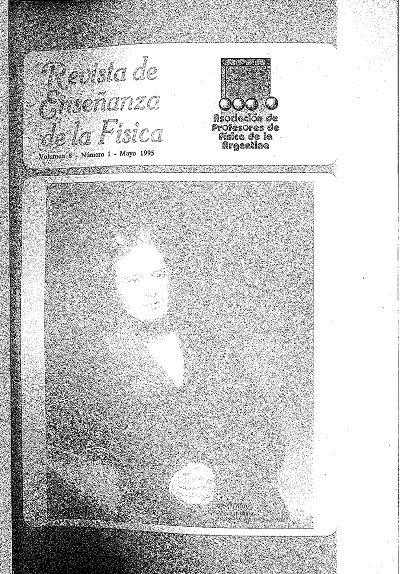Uso de estrategias facilitadoras del aprendizaje significativo en los cursos de Física introductoria
Abstract
While students do learn some reading and study skills in high school, these skills are applicable only to nontechnical material, it seems that only a few students learn about the role of concepts and their relationships. As a result, it is common for students to memorize definitions or procedural rules without relating the meanings of the words in the definition or rules to ideas they already understand. In fact, students often come to believe that rote memorization of course information is the only way to learn.
Moreover, they have many difficulties in developing problem solving skills. As instructors, we may want to reduce rote learning, but often find ourselves helpless to achieve more meaningful learning in the classroom. Two major reasons for this dilemma are: (1) Students are not aware that there is an alternative to rote learning. (2) Concepts that are to be learned are presented in such a way as to encourage rote memorization.
The intention of using meaningful learning tools (concept maps ans Vee diagrams) is to provide the student with an alternative to rote memorization by showing students that it is more efficient to learn in a meaningful way. Further, when used by educators, these tools can also provide them information about how instruction can be organized to facilitate meaningful learning and discourage rote memorization. It is the intention of this paper, to present two powerful meaningful learning tools: Concept maps and Vee diagrams. These tools had been introduced by Novak and Gowin more than a decade ago and have become important tools for both students and teachers.
It can be said that concept mapping is a way to help students and educators to see the meaning of learning materials, and knowledge Vee diagramming is a way to help students and educators to penetrate the structure and meaning of the knowledge they seek to understand.
the Vee diagram also helps teachers and students see more clearly the constructed nature of knowledge.
Downloads
Published
Issue
Section
License
Aquellos autores/as que tengan publicaciones con esta revista, aceptan los términos siguientes:Los autores/as conservarán sus derechos de copiar y redistribuir el material, bajo los términos estipulados en la Licencia de reconocimiento, no comercial, sin obras derivadas de Creative Commons que permite a terceros compartir la obra bajo las siguientes condiciones:
- Reconocimiento — Debe reconocer adecuadamente la autoría, proporcionar un enlace a la licencia e indicar si se han realizado cambios. Puede hacerlo de cualquier manera razonable, pero no de una manera que sugiera que tiene el apoyo del licenciador o lo recibe por el uso que hace.
- NoComercial — No puede utilizar el material para una finalidad comercial.
- SinObraDerivada — Si remezcla, transforma o crea a partir del material, no puede difundir el material modificado.
- Los autores/as podrán adoptar otros acuerdos de licencia no exclusiva de distribución de la versión de la obra publicada (p. ej.: depositarla en un archivo telemático institucional o publicarla en un volumen monográfico) siempre que se indique la publicación inicial en esta revista.
- Se permite y recomienda a los autores/as difundir su obra a través de Internet (p. ej.: en archivos telemáticos institucionales o en su página web) antes y durante el proceso de envío, lo cual puede producir intercambios interesantes y aumentar las citas de la obra publicada. (Véase El efecto del acceso abierto).










